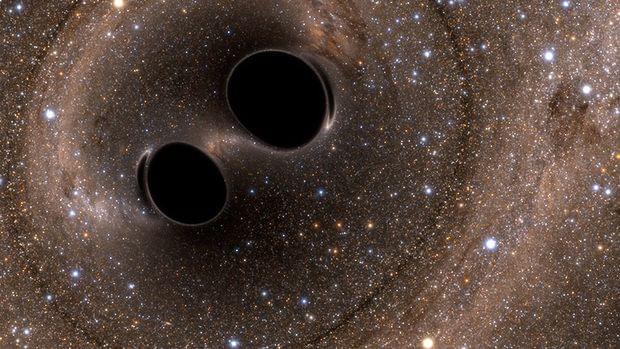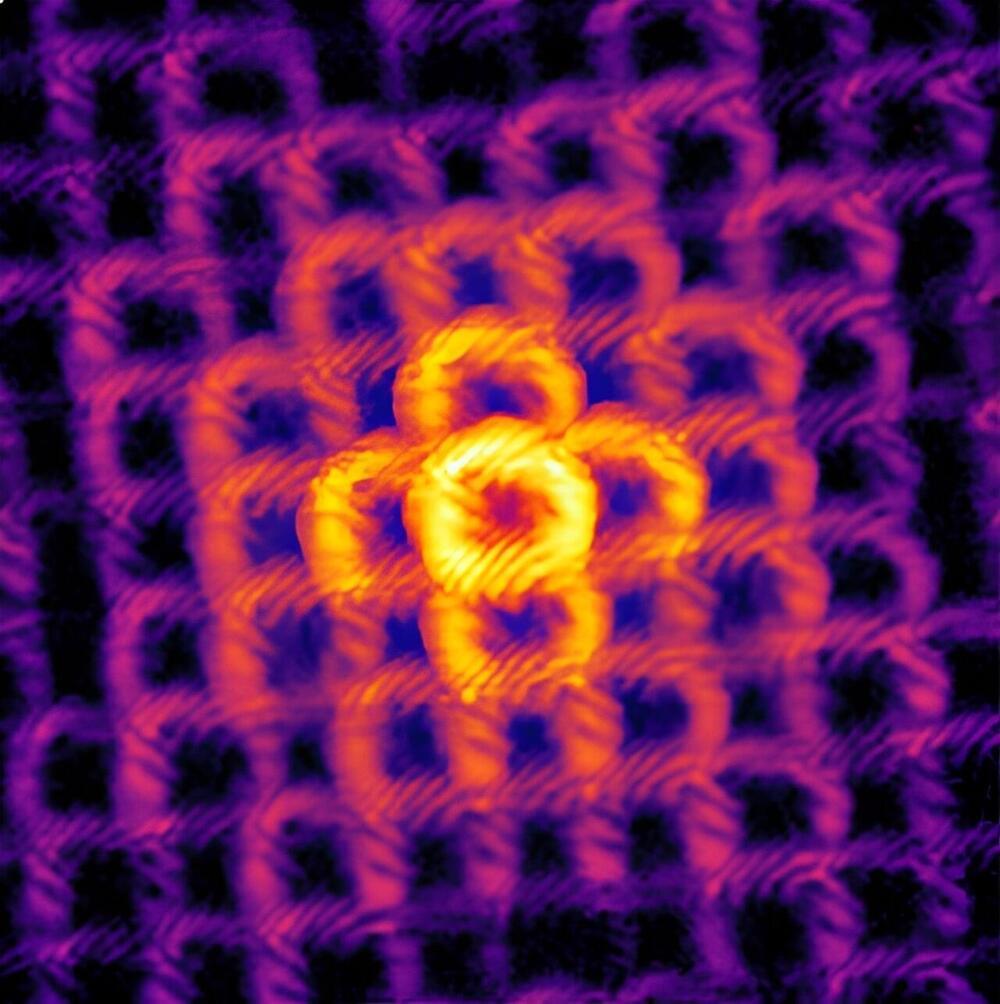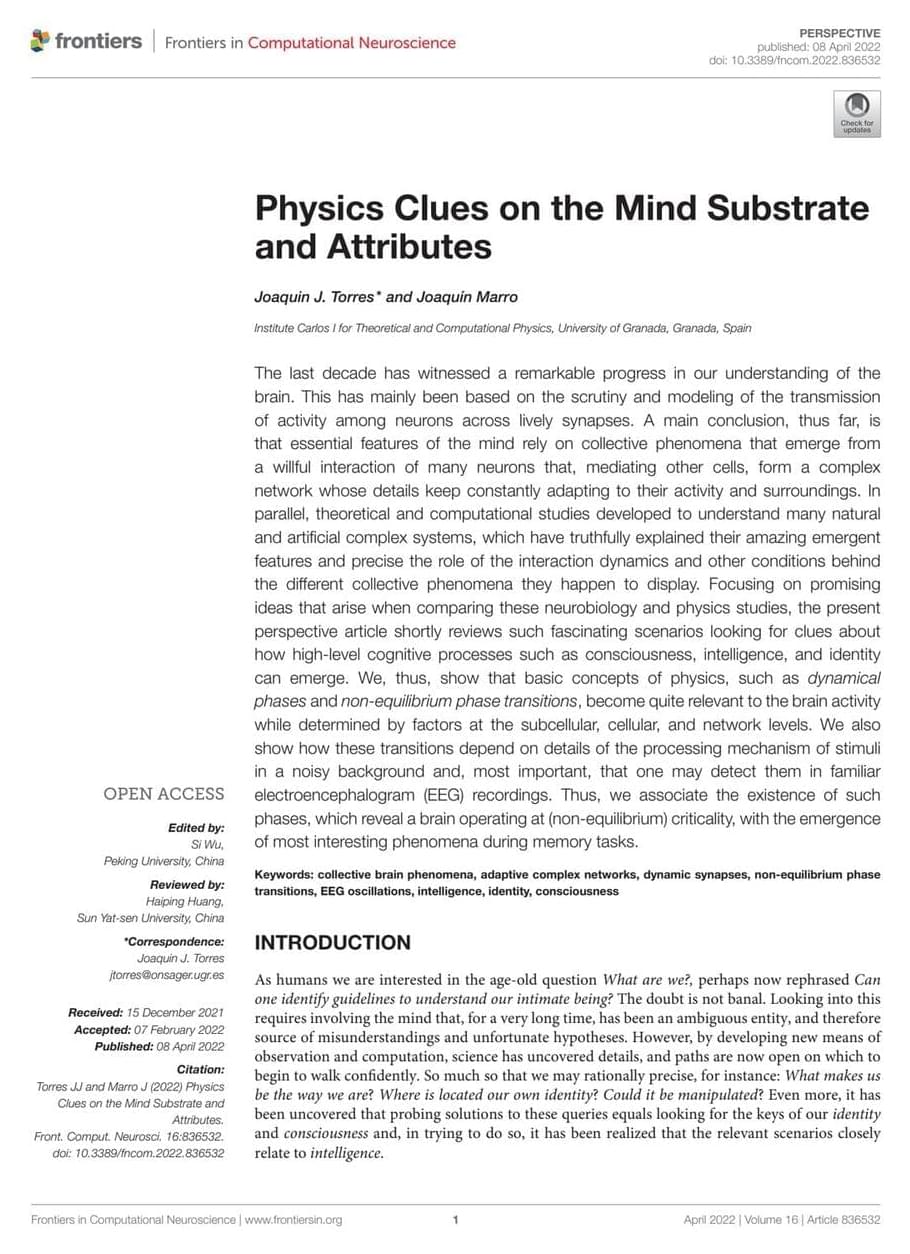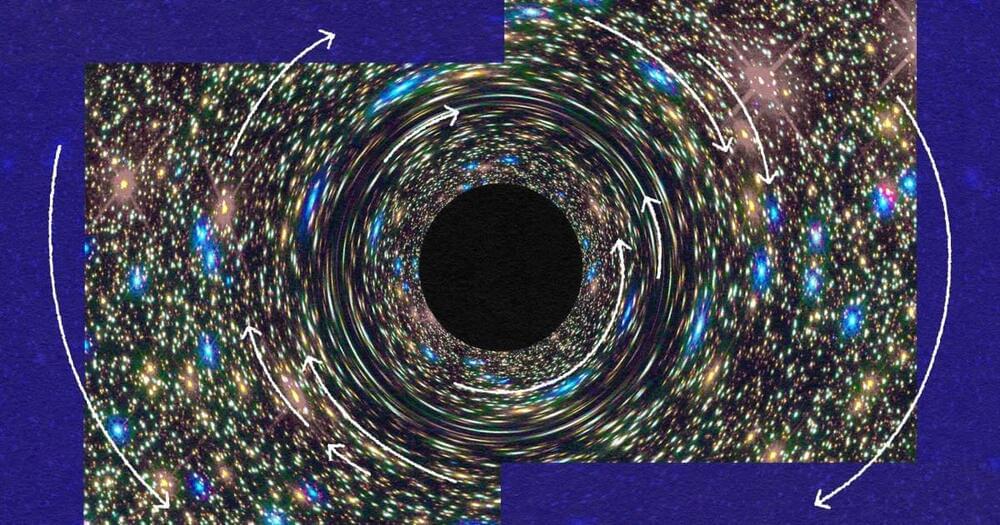The current measurements of the expansion rate of the universe are in disagreement, leading to a crisis in cosmology and the need for renewed research efforts into new physics and a new model of the universe.
Questions to inspire discussion.
What is the crisis in cosmology?
—The crisis in cosmology refers to the disagreement between measurements of the expansion rate of the universe, leading to the need for renewed research efforts into new physics and a new model of the universe.








